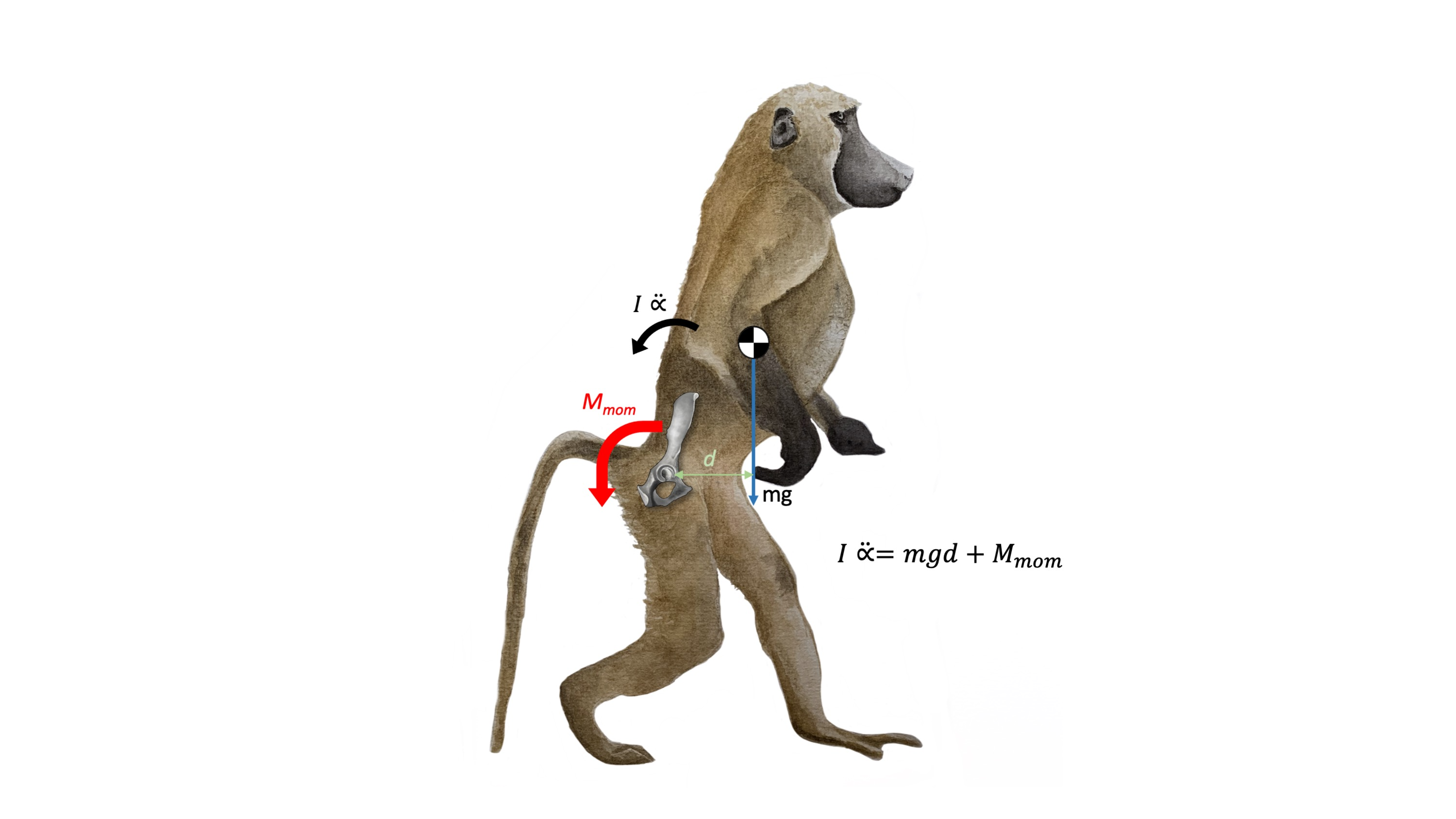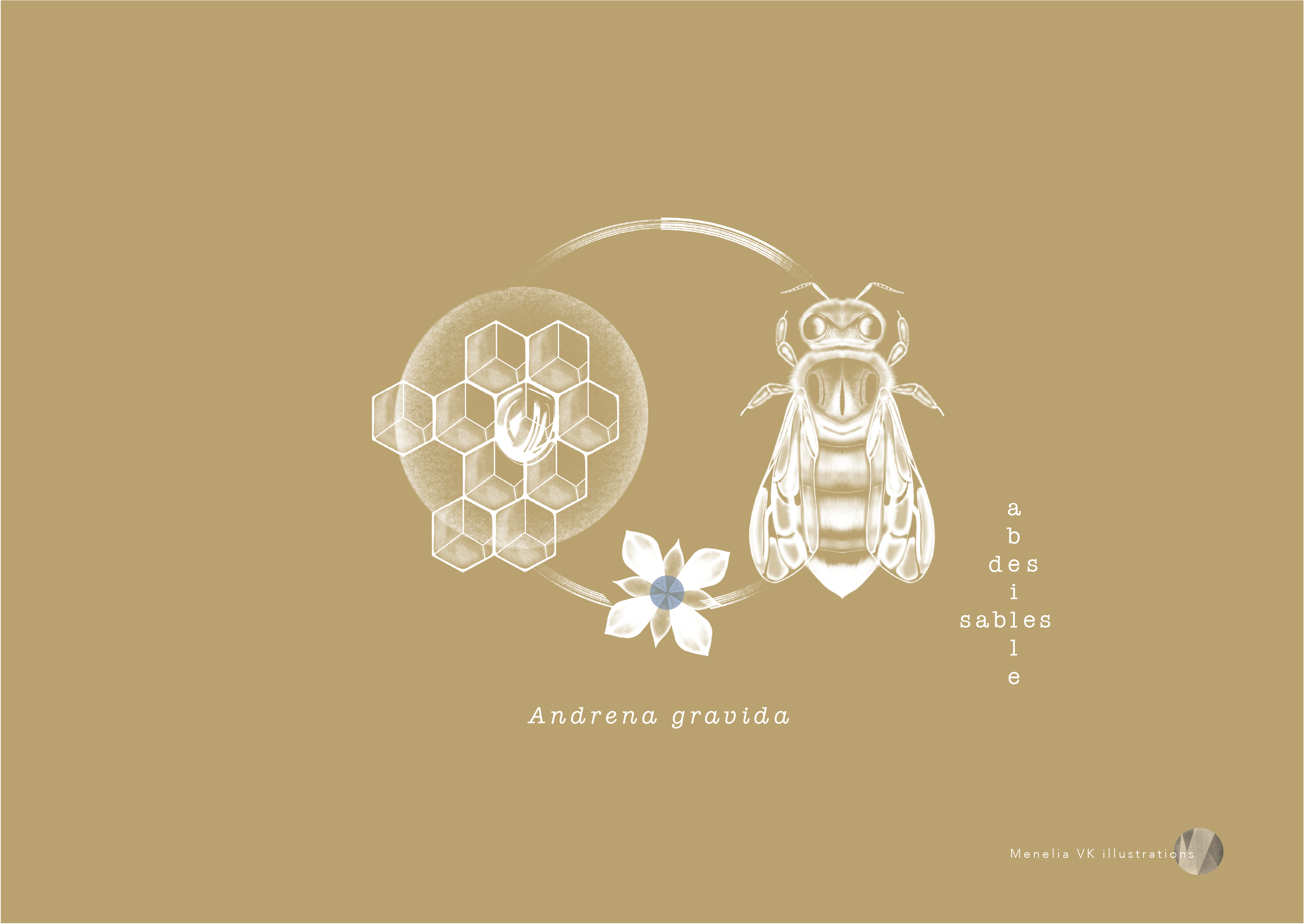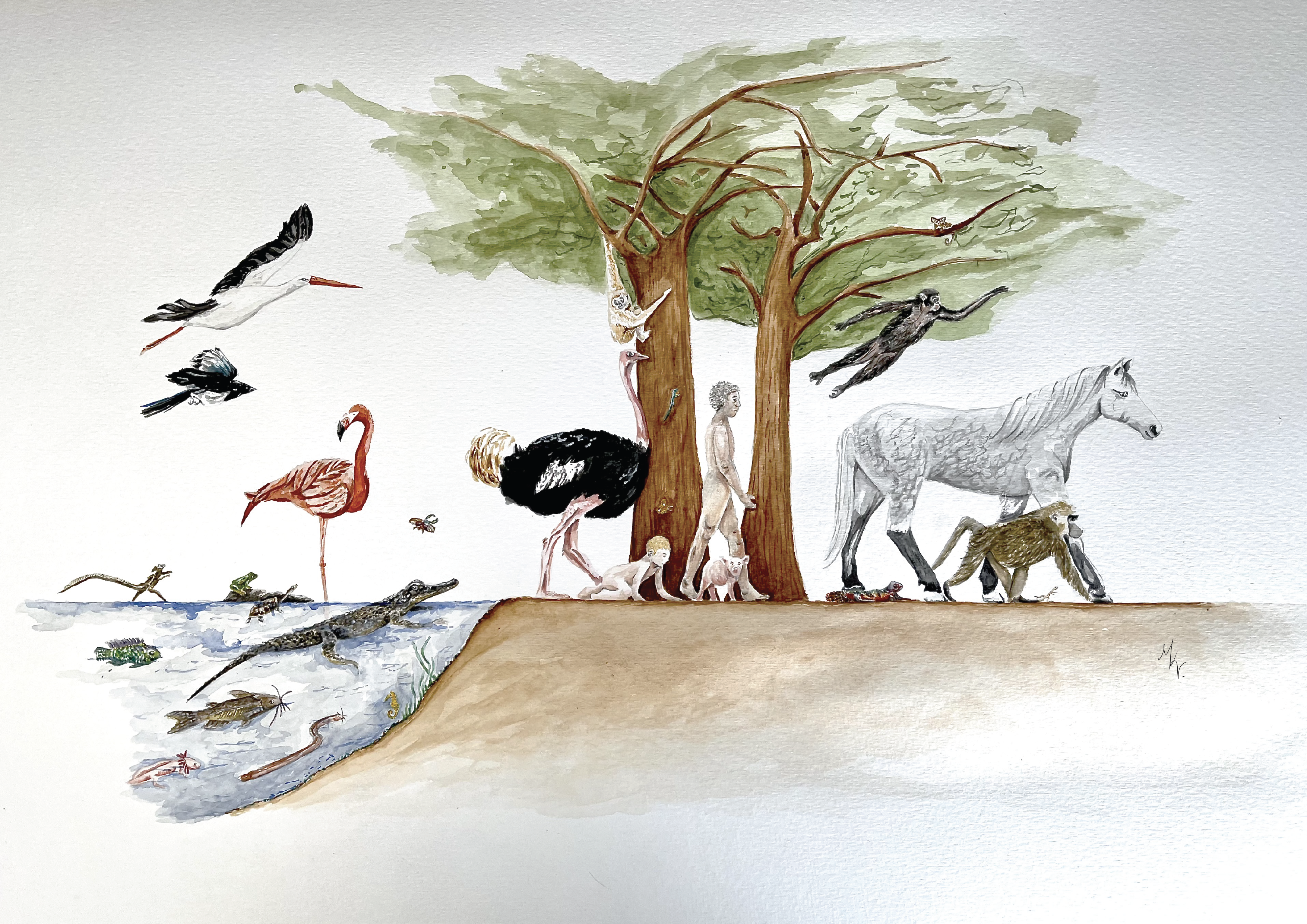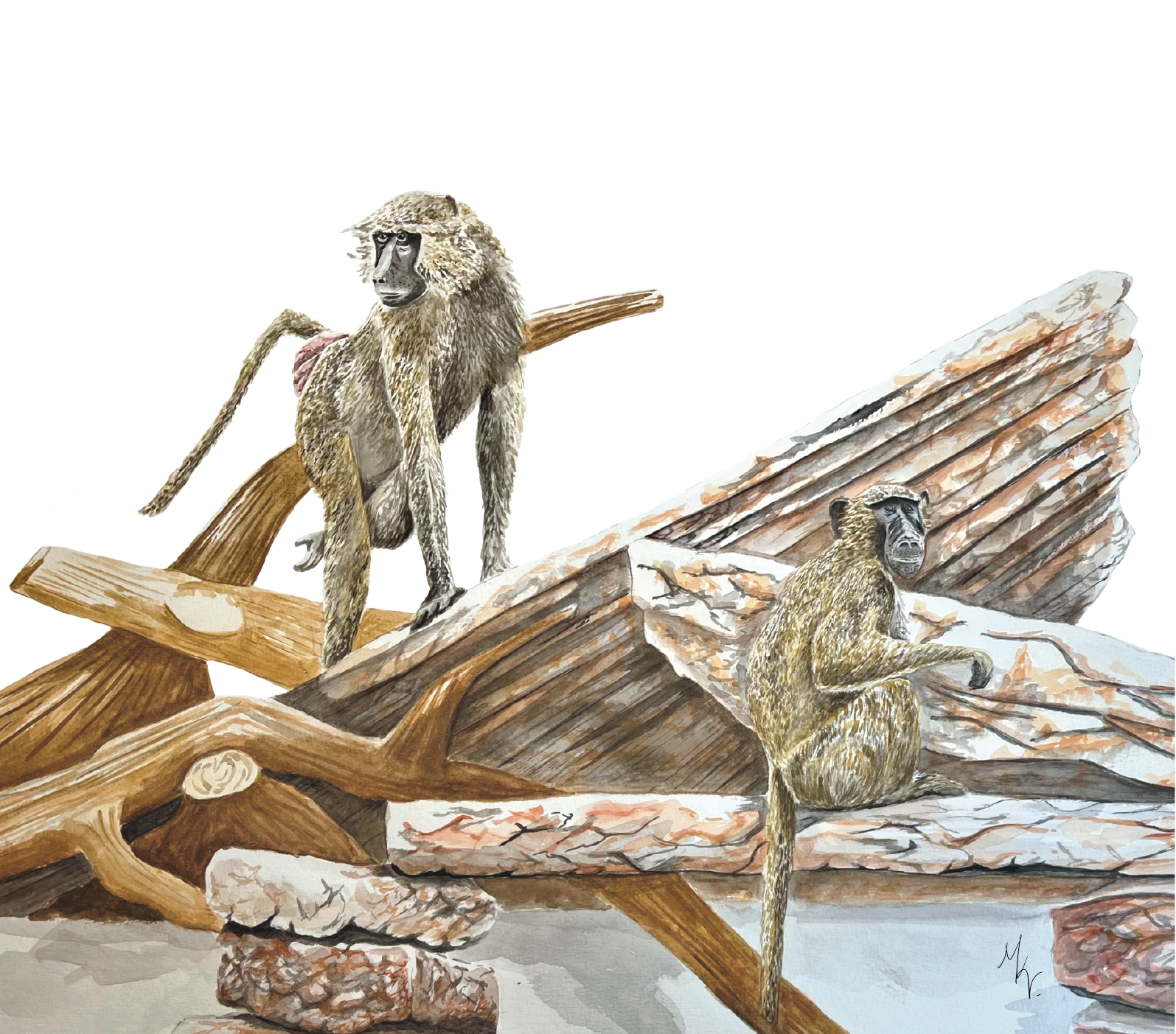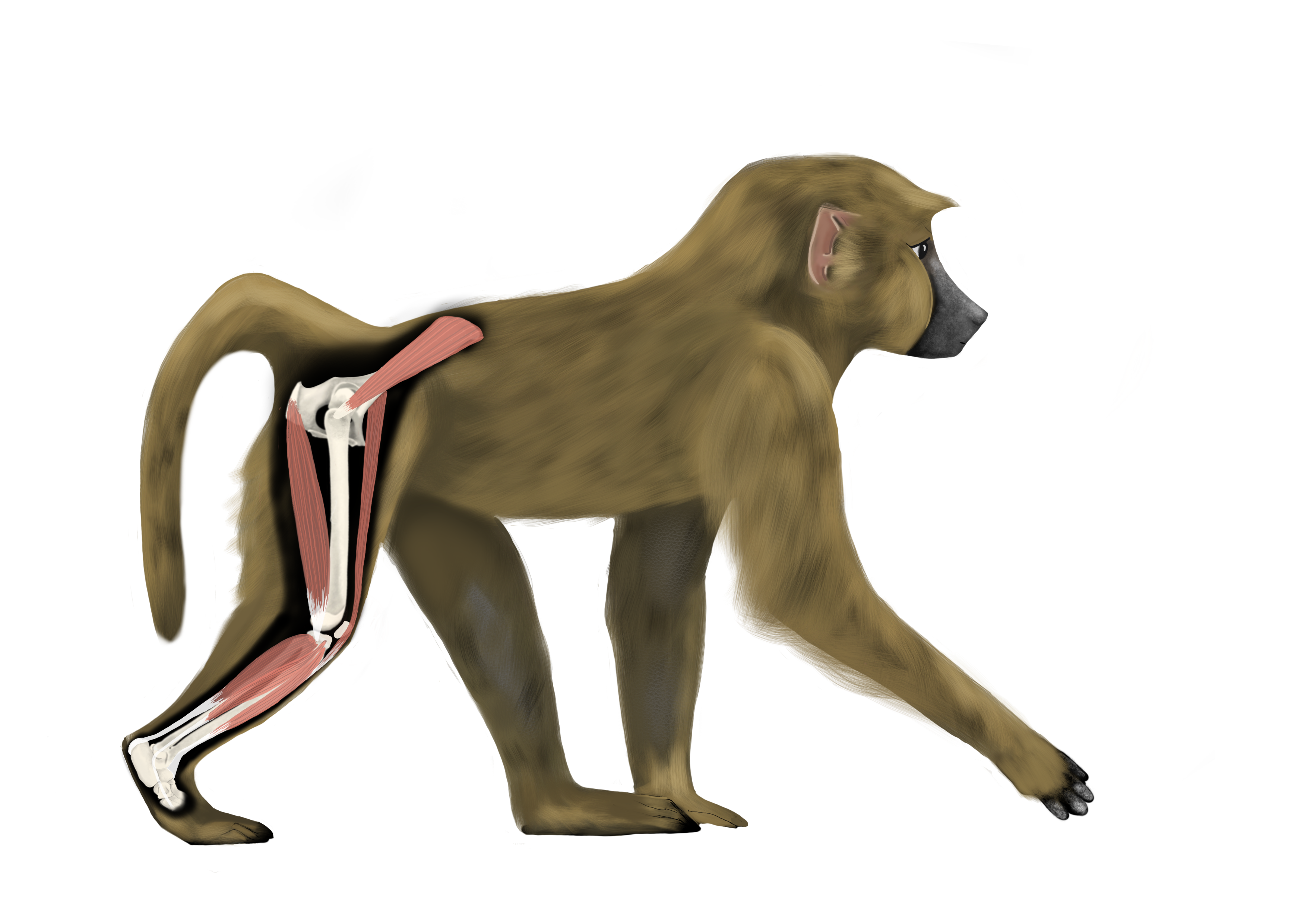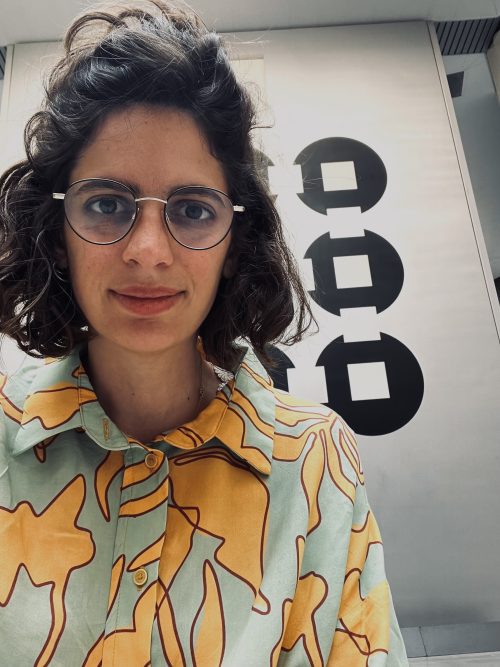Lab meeting with the Chan Lab
Posted by the Node, on 31 October 2024
Where is the lab?
Joe: We are located at the Mechanobiology Institute, National University of Singapore.
Lab website: https://www.mbi.nus.edu.sg/chii-jou-chan/chii-jou-chan-lab/
Research summary
Joe: Our lab aims to understand how developmental mechanics regulates mammalian folliculogenesis and ovarian dynamics. We focus on three overarching themes: First, how mechanical signals such as tissue pressure and hydraulics impact folliculogenesis and oocyte growth. Second, how the mechanical environment around the follicles influence collective dynamics of follicles and ovarian functions. Third, we are interested to understand how changes in tissue mechanics and misregulated mechano-signaling impacts follicle functions and ovulation during ageing and infertility. To address these questions, we develop multidisciplinary approaches based on novel (bio)mechanics, (bio)photonics and (bio)physical tools, using ex vivo assays.
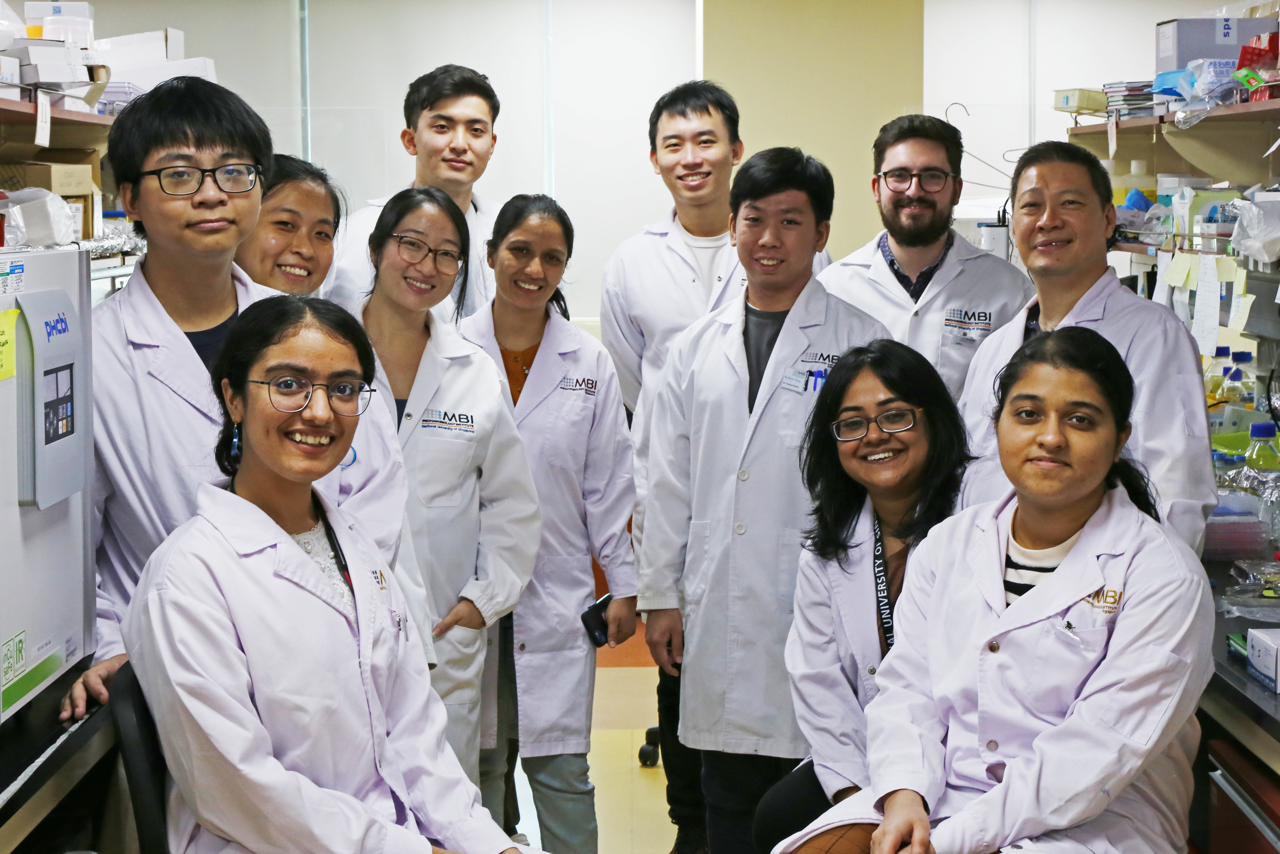
Can you give us a lab roll call?
Arikta Biswas: I am a postdoctoral research fellow: I study how mechanical interactions are generated, controlled, and transmitted within ovarian follicles at the secondary stage of development using mice as model systems.
Kim Whye Leong: I’m a postdoctoral fellow investigating the process of antrum formation and how its mechanochemical functions shape ovarian follicle development. Using advanced 3D microscopy (my favorite technique) and cutting-edge tools for force measurement and manipulation, I’m exploring the forces and dynamics that drive this crucial stage of development.
Jake Turley: I am a postdoc in the lab and I work on the biophysics of ovulation combining advanced microscopy, biomechanical tools and machine learning.
Huan Ting Ong: I am a Postdoctoral Research Fellow co-advised by Jennifer Young and Joe, studying mechanoregulation during ovarian ageing driven by the extracellular matrix and stroma.
Boon Heng Ng: A fourth-year student, trying to study how ovarian theca cells could sense mechanical cues and contribute to ovarian follicle development.
Kosei Tomida: I am a second year PhD student in the lab and I am studying follicle-follicle interactions through mechanochemical feedback interactions.
Kelly Tan: I am an incoming first-year graduate student, hoping to investigate a cool question on how the somatic (granulosa) cells contribute mechanically to follicle growth, apart from its classical signalling pathways.
Apoorva Shivankar: I am a Research Assistant in the Chan Lab group. In addition to my administrative duties, I have the opportunity to engage in research. I’m currently investigating the functional and mechanical differences between the immune cells in young and aged ovaries.
Le Mai Tan Dat (Daniel): I’m an undergraduate student doing a semester-long research project, mentored by Jake. We are studying the biophysics of ovulation, applying machine learning to quantify tissue dynamics.
Favourite technique, and why?
Joe: I adore any new biophysical tools that allow us to gain new insights into tissue mechanobiology. One of my favourite tools is micropressure probe, which allows us to measure and manipulate fluid or cytoplasmic pressure in cells and tissues. I am excited to expands its use to study hydraulic control in development, physiology, disease and ageing.
Apart from your own research, what are you most excited about in developmental and stem cell biology?
Joe: I am a firm believer that new technology often leads to new discoveries, so any biophysical approaches to probe mechanics in living tissues excite me! I also think the application of machine learning approach will not only help us gain quantitative understanding of tissue dynamics during development, it also harbours great potential to uncover new physics regulating biological processes. I am particularly excited about ongoing work to apply these approaches to address ageing and diseases.
How do you approach managing your group and all the different tasks required in your job?
Joe: As an assistant professor, it can indeed be daunting to handle multiple tasks like teaching, research and administrative duties. I hold regular group and 1-1 meetings with lab members to stay connected with their projects and give timely feedback. Given the highly interdisciplinary nature of our research, I do my best to foster exchange amongst lab members, often teaming them up in joint projects, while maintaining autonomy in their own projects. Recently I realised that too many back-to-back meetings can negatively impact the quality of meetings, and moving on I might try to cut down non-essential meetings. I also work on annual individual development plans with my team, which is a great platform to provide mutual feedback. This also helps to keep track of what’s going on at the ground and calibrate my management style. I recently shared this in more detail in a People & Ideas article in Journal of Cell Biology.
Something I wish to do, but haven’t got a chance to, is to hold an annual lab retreat or a joint retreat with other labs – those are great opportunities to share blue-sky research ideas and learn from each other!
What is the best thing about where you work?
Joe: I am super grateful to have a family-like lab-mosphere! The various core facilities and admin team at MBI are doing an amazing job in supporting the research. Being at Singapore is unique in the sense that we can serve as a focal point in Asia pacific for scientific exchange and collaborations with people from Japan, China, Hong Kong and Australia.
Arikta: It is not often that researchers have dedicated core facilities who work tirelessly and silently ‘behind-the-scenes’ to make our science go smoother, but it is the case here and I am very appreciative of their strong yet quiet efforts. Also, I thoroughly enjoy the freedom to think and brainstorm ideas with my lab-mates without hesitation.
Jake: My labmates are very supportive and generous with their time and help. This allowed me to quickly settle in and it also makes working in the lab a more enjoyable experience.
Kim Whye: The best thing about where I work is the collaborative atmosphere. Everyone, from researchers to staff, is incredibly supportive, and it fosters a real sense of teamwork. We also have a lot of microscopes and cutting-edge biophysical tools! It’s exciting to work in a place where you’re empowered to push the boundaries of what’s possible.
Huan Ting: The multidisciplinary environment the institute has, which encourages collaborations and cross-fertilisation of new ideas!
Boon Heng: Everyone is very supportive and collaborative with the different projects! If we are unsure about anything, we never hesitate to consult anyone in the lab. We also try to have lunch together every day, like a ‘family’ daily lunch?
Kosei: I appreciate the availability of resources in core facilities, items, and people from different backgrounds. I was lucky to have been blessed with a wonderful mentor.
Kelly: I really like how the lab fosters a welcoming environment for anyone to ask all sorts of questions, and to suggest unconventional (crazy) ideas. Everyone is more-than-merely-willing to help one another, and there has been no shortage of encouragement (and laughter) to enjoy pursuing great science even amidst the most stressful and busiest of days.
Apoorva: To me the four cornerstones of our lab are the 1) freedom to explore topics, 2) supportive and friendly atmosphere, 3) access to cutting-edge techniques, and 4) guidance from supportive colleagues.
Daniel: I enjoy the conversations that spontaneously arise, especially in the weekly lab meeting. Sometimes, we just share about our projects and scientific discussions will follow. Everyone is very experienced and receptive to comments and opinions, making it a great opportunity for me to learn more about the sciences.
What’s there to do outside of the lab?
Joe: I enjoy hiking and exploring the beautiful nature reserves across the island with my family. After sending kid to school in the early morning, I cherish the quiet moments where I get to hang out at the coffee shop in the hawker center to do some personal reading. Watching sci-fi movies (even better, combined with horror elements like Alien series), is also one of my favourite hobbies.
Arikta: I love reading outside of work, mostly fiction though, and spend an incredibly large amount of my free time at the Kinokuniya bookstore. When I am not strolling through the aisles of books, I am usually watching any Southeast Asian content on the internet; and then messaging my lab members to bug them about the accuracy of the cultures being represented onscreen.
Jake: I mainly enjoy eating out at the massive variety of food places available in Singapore and watching live gigs.
Kim Whye: When I’m not deep in follicle research, I enjoy reading up on bottom-up approaches in synthetic developmental biology and staying on top of the latest biotech innovations. Singapore may not be renowned for its pub culture (though we do indulge occasionally), but what we lack in that area, we more than make up for with our incredible food scene. There’s always something new and delicious waiting to be discovered.
Huan Ting: Despite the hot and humid weather, Singapore has plenty of natural trails featuring the flora and fauna unique to the tropical regions, just around the neighbourhood. Coming from Australia, one of my favourite things to do outside the lab is to explore these hiking trails with my family.
Boon Heng: While Singapore might lack nature reserves, there are still nice hiking trails and various outdoor activities. Maybe just a little bit hot and humid. As a Singaporean, I like to explore interesting food places from different races/cultures. You can’t go wrong with nice food!
Kosei: Swimming became my routine in Singapore. I often go swimming outside throughout the year because it’s warm and sunny every day, making you feel refreshed!
Kelly: I like to stay at home… but otherwise, targeting the stereotyped marathon-running scientist, there are many scenic running routes at every corner of Singapore, so you can get your daily dose of running endorphins easily.
Apoorva: Outside of the lab, I enjoy exploring the beautiful spots in the city, such as Gardens by the Bay, Marina Bay Sands, Sentosa and Singapore Botanic Gardens. I also love to check out the charming small islands surrounding Singapore.
Daniel: I enjoy reading books, especially classic novels and biographies. I enjoy the stories that are to unfold on each page of the books, with a plethora of emotions attached to each story. Books allow me to appreciate life in another form. “When Breath Becomes Air” by Paul Kalanithi is one of my favourites.


 (1 votes)
(1 votes)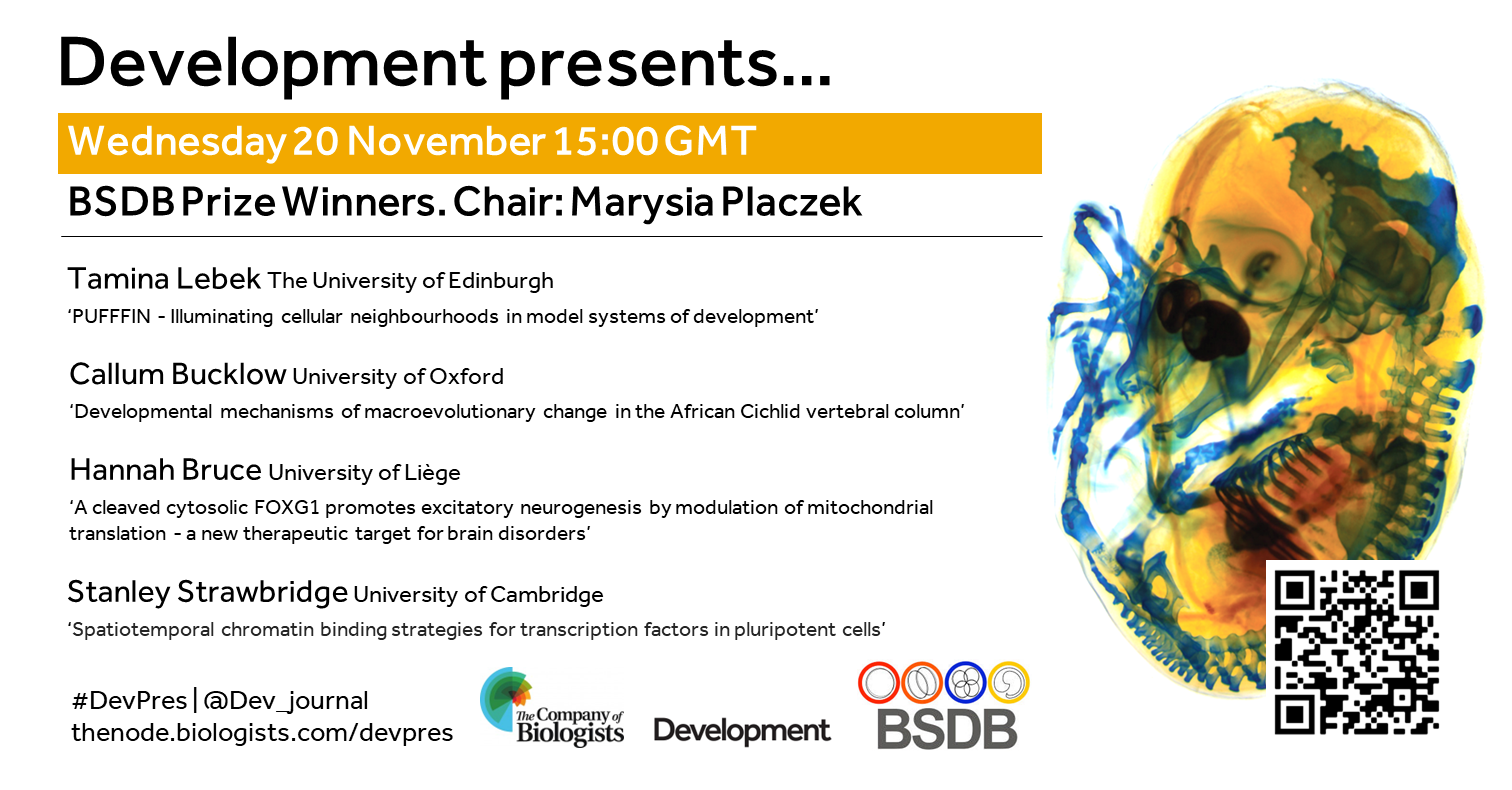

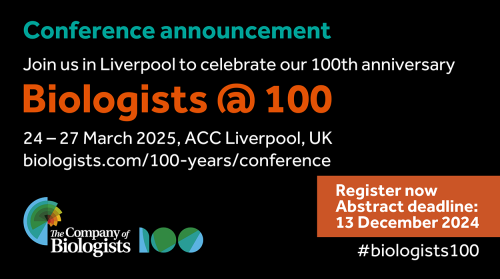
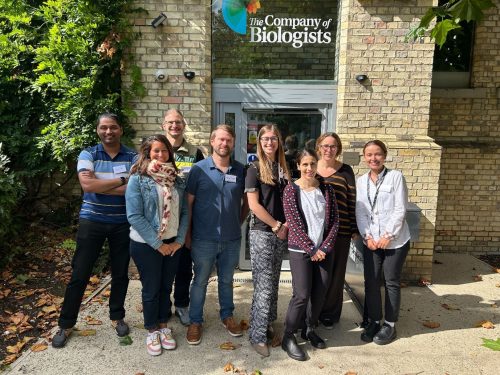
 (No Ratings Yet)
(No Ratings Yet)

